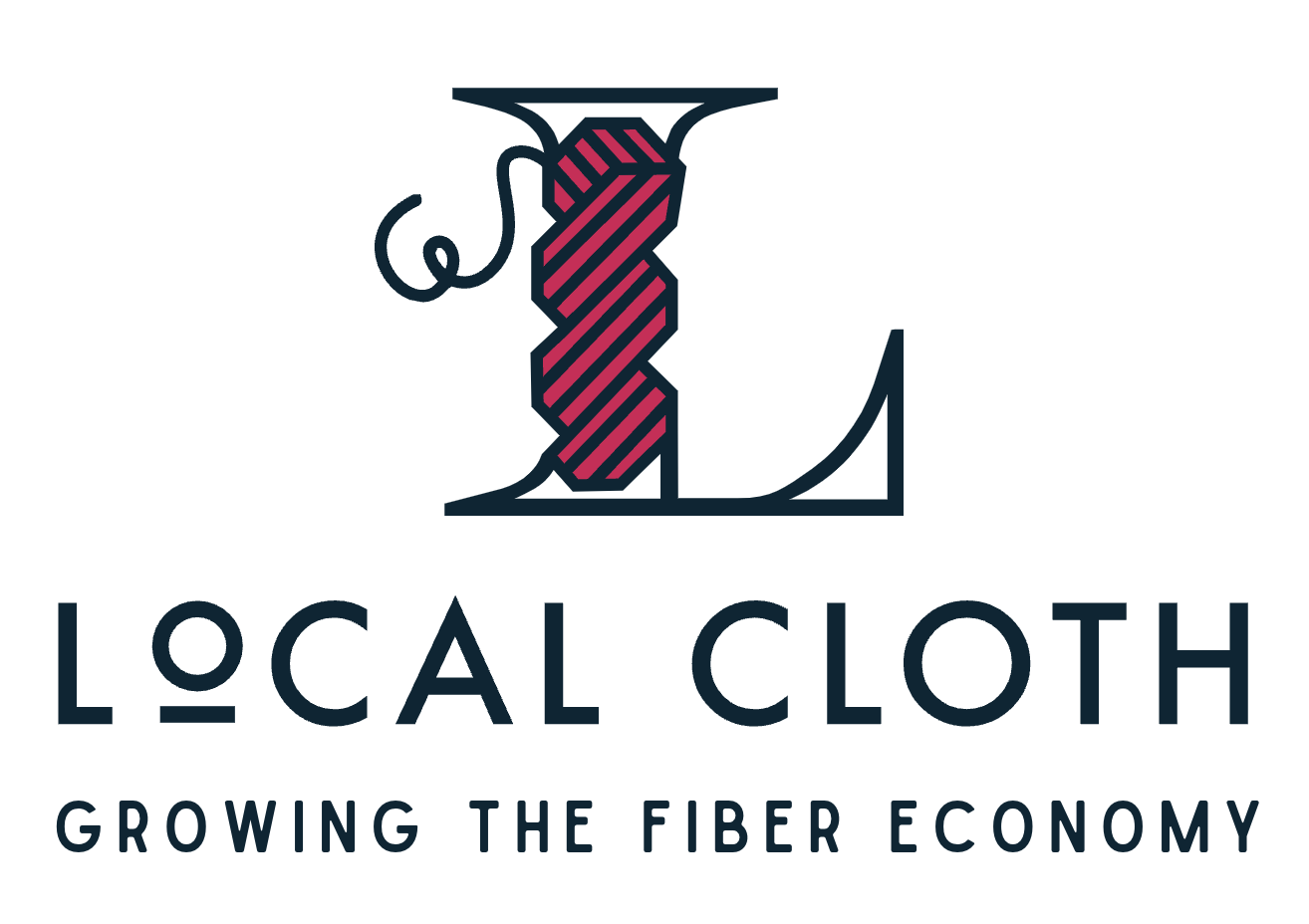Menu
Log in
|
Copyright © 2012-2025 by Local Cloth, Inc. All Rights Reserved. Artists' work and images are property of the individual artists. |
Powered by Wild Apricot Membership Software
|
Copyright © 2012-2025 by Local Cloth, Inc. All Rights Reserved. Artists' work and images are property of the individual artists. |
